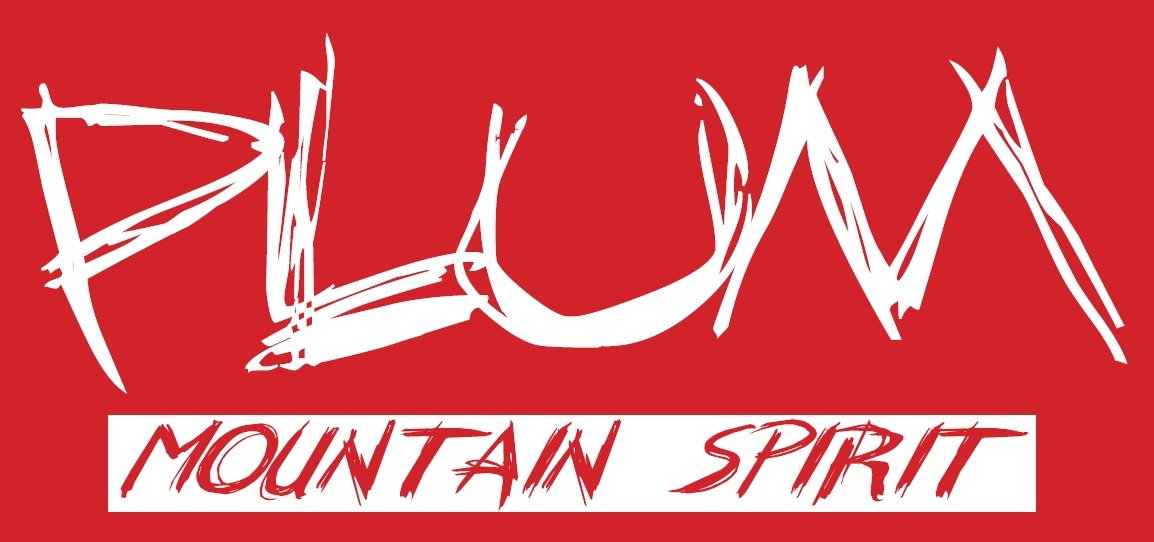Too deep? Now what?
 Monday, April 5, 2010 at 12:06AM
Monday, April 5, 2010 at 12:06AM A reader posed the very obvious question related to the last post on recovery.
Brian, in your research, or personal experience, what do you think is the best course for an athlete that does hit the over-trained state midway through the season? I feel that may have happened to me this skimo season and I still have 3 races to go. Along those lines...how long do you think it takes an athlete to recover from an over-trained state?
Certainly, we are not going to always get it right. Hopefully, these errors in recovery will be small ones and only result in a slight decrease in performance when we were hoping for something better. This kind of situation is manageable. An extra day or two of rest will usually see us get back to our "normal" state. But, as I discussed previously, sometimes digging a bit of a hole and purposely avoiding complete recovery by maintaining training volume and/or intensity can result in a super compensatory response that kicks us to the next level of fitness. How much of a hole to dig and how long we should stay in it is anyone's guess. Experience is usually required by coach and athlete to manage these details effectively. With a tool like Restwise now available, perhaps we can manage the guessing a little better but there will still be some luck involved. Like the old maps used to say at the edge of charted territory, "...beyond here lie monsters!"
Reading the literature, it seems that one of the biggest components to becoming over-trained or "stale", as they like to say, is training monotony. This is the state of training where volume and/or intensity does not vary adequately from day to day or week to week, depending upon the cycle. There have been interesting studies involving race horses trying to induce staleness. If the animals were placed on a "hard day, easy day" schedule they did fine. The horses continued to improve even when the hard day intensity and volume was incrementally increased. But increase the intensity of the "easy" day and they started to crater pretty fast.
In skimo racing and training, a state of monotony is not hard to imagine. When you think about what we do when the storms keep cycling through and we have time to powder ski, we are going out everyday and breaking trail. I don't know about you but I'm usually breathing pretty steady for the better part of the day. In other words, lots of moderate intensity. With each passing day, that damn alarm gets more and more annoying which probably reflects a creeping staleness sneaking up on us. Throw in some racing enthusiasm and hit a couple of interval sessions during one of these periods, then a race, and ... BAM!, you are in a hole.
So, how do you get out? Well, REST, dummy! Just kidding. No, really, the volume and intensity have to be cut back. The degree of this cut-back depends upon how bad you are and how long you've been there. A week or two with only one bad race to show for it may only require a week shut down. You might even super compensate following such a rest and find yourself raging. But if you've been burning it for weeks, sleeping shitty, getting short with your significant other, dreading the interval sessions and generally losing your drive to train, well, that might take longer.
A 6 month study on over-training in elite Australian swimmers showed that for the "stale" athletes as demonstrated by the study's criteria, a 3-week taper prior to a key competition was not enough to bring them back. Certainly, most of us don't train as long or hard as elite swimmers but the point here is that it can take awhile. And you want to make sure you get it done because failure to do so can lead to all sorts of grim conditions like mononucleosis, Epstein-Barr infection and chronic fatigue syndrome among others. Some athletes have lost a year or more after failing to recognize their staleness early on.
Forgive me for quoting Lance Armstrong here but he has a great point when he says, "Better to be 95% prepared than 105%." I have always erred on the side of recovery. There is just not much penalty worth worrying about for most of us coming to the line over-rested. You might not win or perform your best but repeatedly doing so will not land you in bed for a year! The same cannot be said for the other end of the spectrum. You will still not be winning and you might end your career sooner than you thought. Of course, I realize that for athletes that make their living performing well, they will need to dance on the fringe of disaster to pull out their best condition. So be it.
So, for the average weekend competitor, climbing out of a hole starts with shutting it all down. Take a few days completely off, maybe a week. Eat well and sleep more. Then take an easy skin and pay attention to your legs and heart rate. Are you feeling hammered, breathing hard at an easy pace? Take it home. Feeling okay? Do 1,000 to 2,000 feet at a conversational pace and go home. Try again the next day. After that, maybe go 3,000 feet and have a couple of digs for 30-60 seconds. How do those feel? If you are getting on top of the problem, these efforts should feel good, like you want to do more. Don't. Just tease it out for a couple more days. Then hit it like you normally would. If a step up in this process feels bad then back off one step or start over. You may be worse off than you thought. By all means, skip a race if you have to. Few things provide a "bigger shovel" for digging these holes than competition. Only go to the line when you feel like you are handling normal volumes again.
Sleep is one of the most under rated performance boosters in our quiver. It's nearly impossible to perform and recover optimally if you are chronically getting 6-7 hours a night. This is all too common with competitive athletes who also hold down real jobs and have families. But something will give and it's usually your performance first. So, turn off the television and quit surfing the net and GO TO BED! It might be all you need. Further, be willing to give up a couple of dawn patrol outings during periods of heavy training. This is a bad combination that is best avoided. You'll live to see other powder days.
Dr. Bob Murray of the Gatorade Sports Science Institute once told me that many of so-called "over-trained" athletes are simply under-nourished. So, EAT! Make sure you are putting high quality and adequate nutrition down your pie hole. Vegetarian? Quit that bullshit and get some quality protein for a change? (yeah, there's a rant here but I'll hold off for now). Make sure you are not starving yourself during training. Ensure adequate fatty acid intake, particularly omega 3.
If these simple measures don't seem to help much then you must consider more serious conditions. Low-grade fevers, sore throat and weight loss might indicate a viral syndrome like mononucleosis. Iron deficiency anemia is not out of the question for some athletes and a simple blood test can evaluate this possibility. See a sports oriented medical doctor or perhaps even a savvy naturopath with an interest in athletic performance. Certain dietary deficiencies may be at the root of the issue.
Honestly, though, the above scenarios are more the exception rather than the rule for depressed performance. Usually, it's just too much and/or too intense training. So, back off in an intelligent, step-wise fashion like I describe and see what happens. Most of the time you will bounce back and might even be faster for it. - Brian
 Brian |
Brian |  Post a Comment |
Post a Comment | 





Reader Comments